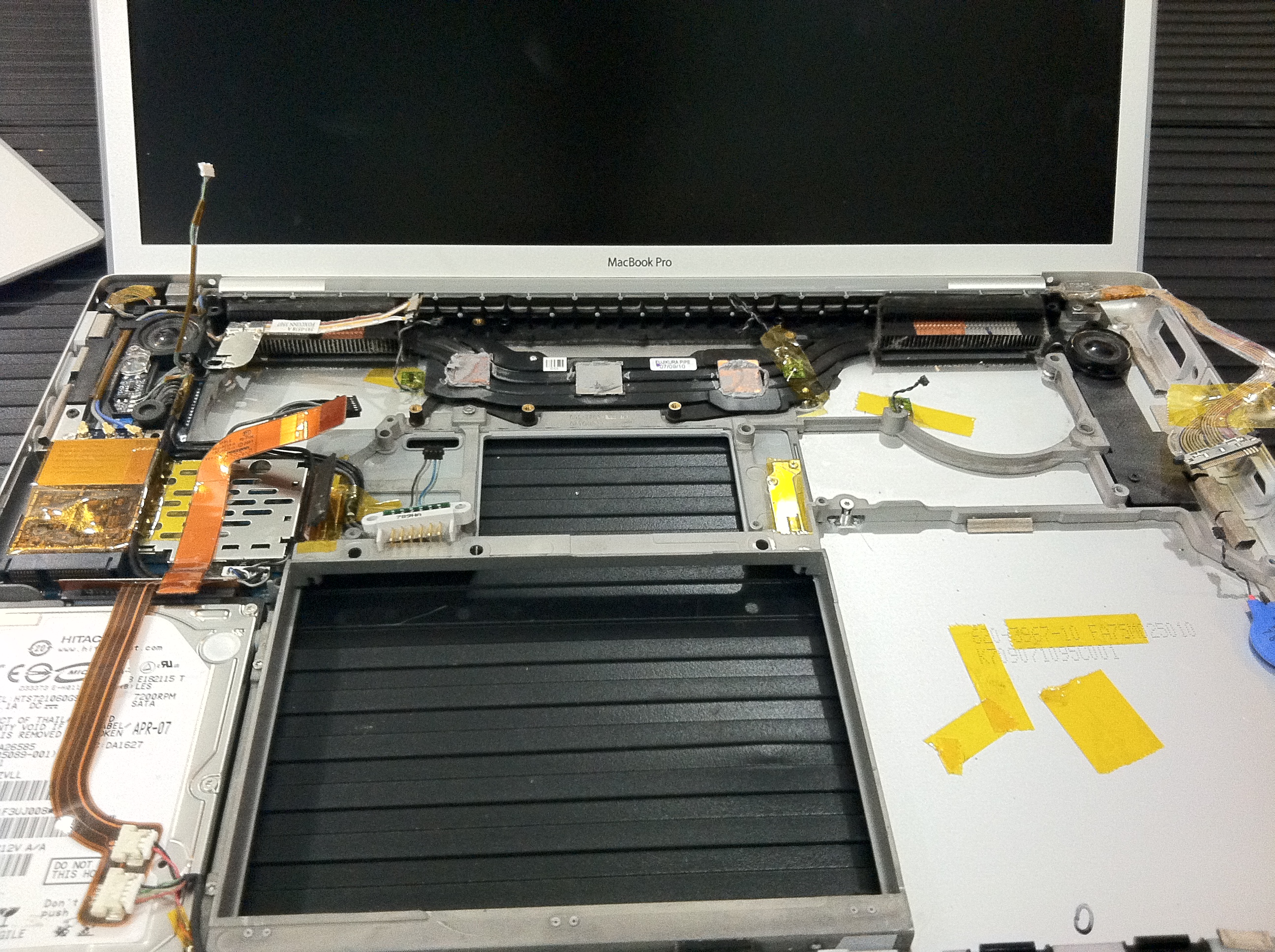
Finally, they are continuing to calibrate their testbeds to become more and more stable to support these initiatives. They are also designing prototypes of coronagraphs for different telescopes.
#BOX SYNC FOR MAC UNIVERSITY OF ROCHESTER HOW TO#
The optics lab staff is currently testing how to align and fine-tune segmented mirrors through tiny deformations of each mirror segment. Makidon Optics Laboratory took a major step toward this goal by demonstrating proof of concept for a high-contrast coronagraph with a segmented mirror-a first worldwide. In 2018, scientists and engineers at the institute’s Russell B. What will space-based telescopes that launch in the 2030s look like? Since astronomers will still be focused on studying Earth-like exoplanets, these observatories will need large, segmented mirrors that fold gracefully to fit into rockets for launch-and collect significantly more light than smaller, single-piece mirrors.ĭirectly spotting these elusive exoplanets is possible with coronagraphs, instruments that suppress the light of distant stars to reveal their orbiting exoplanets.

In 2018, a group of students (shown above), as part of their mechanical engineering senior design class at the Johns Hopkins University, started demonstrating active vibration control using a fast-steering mirror.

They’ve designed, run, and reported on their work, all of which contributes to the optics lab’s overall mission. More than 20 undergraduates, graduate students, and postdoctoral researchers-hailing from universities around the world-have contributed time to the lab’s projects.


 0 kommentar(er)
0 kommentar(er)
